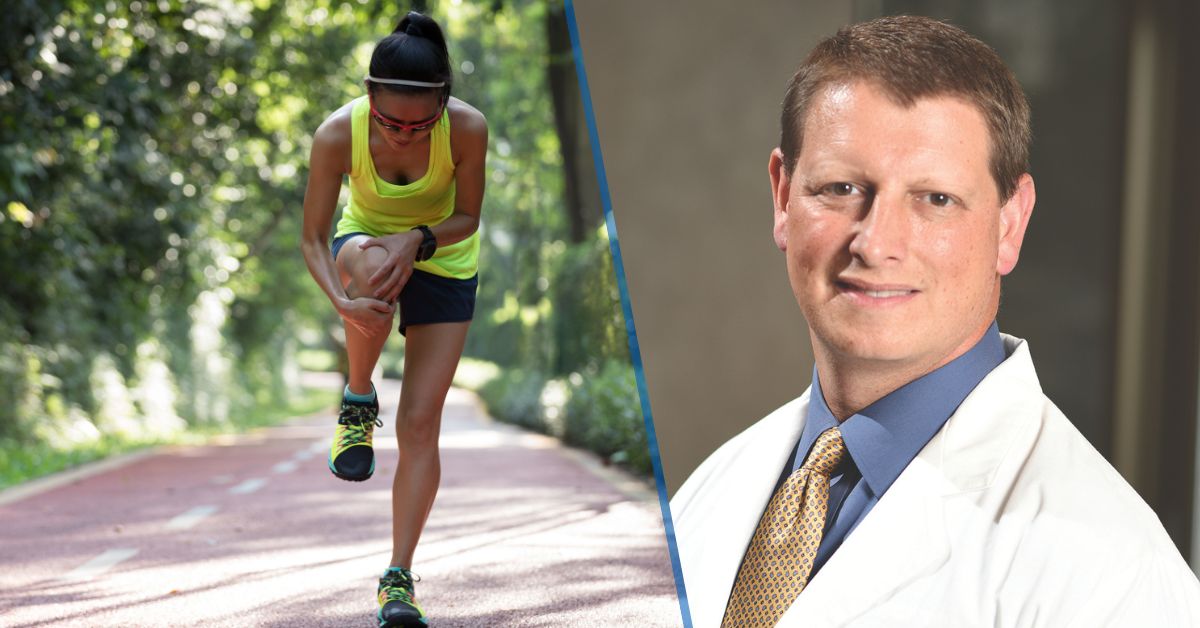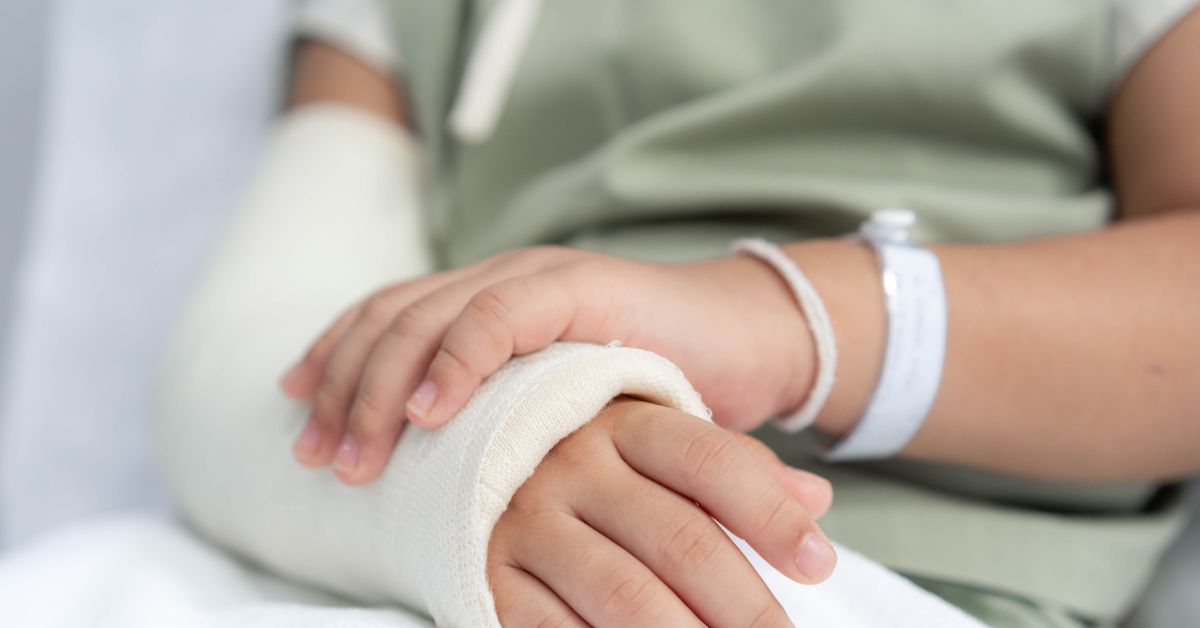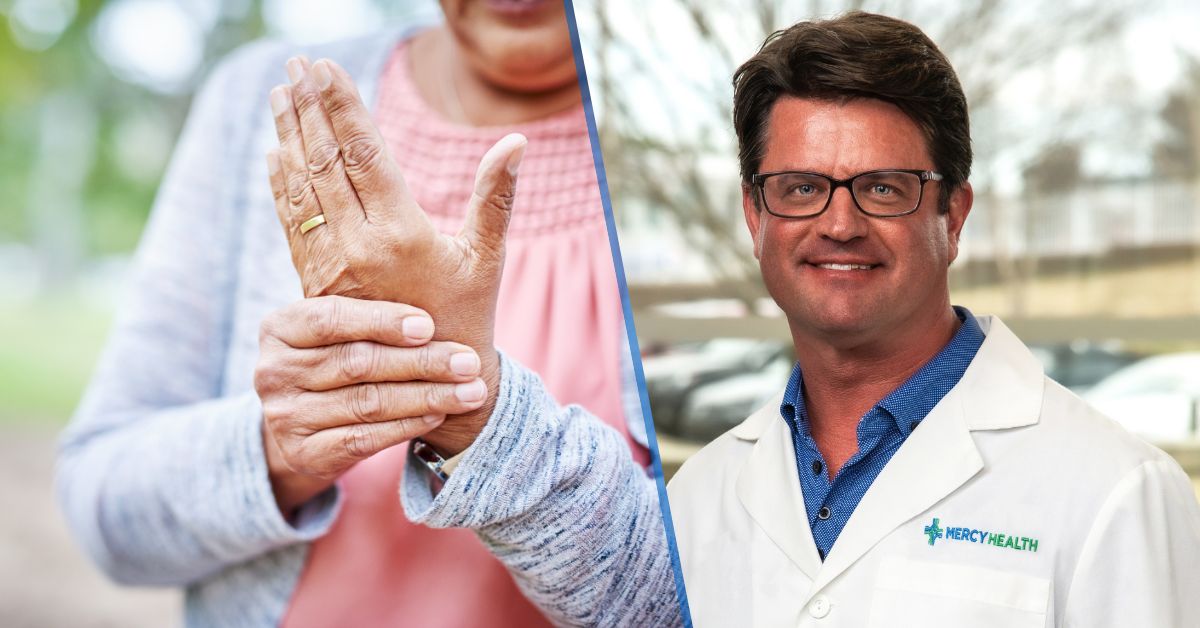Washing your hair. Grabbing a coffee mug from a cabinet. Reaching for your favorite cereal at the grocery store. These are all things you take for granted until one or more common throwing injuries limit what you can do.
When you have a sports-related shoulder or elbow injury, reaching overhead can be painful – or downright impossible. But beyond its impact on exercise, overhead movement pattern is needed for some of the most basic things we do each day.
Common throwing injuries
Michael S. Laidlaw, MD, an orthopedic sports medicine surgeon in our Cincinnati market, treats these injuries in his practices.
“Many times throwing and overhead sporting injuries are the result of overuse, poor shoulder and/or elbow mechanics and direct trauma,” such as an accident during a game, he says.
While rotator cuff tendinitis and tears do receive an abundance of fanfare, there are plenty of other injuries and issues caused by sports that involve repeated or high-velocity overhead movements.
These injuries include:
- Bursitis (inflammation of the fluid-filled sacs of a joint)
- Tears in the labrum (the cartilage that surrounds the shoulder joint)
- Tendinitis (inflammation of the tendons that connect muscles to bones)
- Shoulder instability
- Changes in range of motion
- Fractures, ligament sprains and muscle strains
Beyond the shoulder, “the elbow is also an important area of high stress given the motions required for overhead athletics,” Dr. Laidlaw says.
When you think of throwing injuries, the first image that comes to mind is likely that of baseball pitchers. However, any sport with overhead movement is susceptible due to the repetitive stresses on your shoulder joint and the muscles and tendons in your arms.
“With any overhead motion or activity, you could have some relative strain to the shoulder and/or elbow,” he said. “Baseball player-related injuries are more prevalent, yet swimmers, volleyball and tennis players are also at risk given the overhead sport nature at baseline.”
This includes sports that involve a racket – even pickleball.
Preventing common throwing injuries
The goal is to prevent these injuries from happening. Dr. Laidlaw works as the team physician for high school student-athletes and said that the coaches and athletic trainers are the first line of defense to keep athletes safe and healthy.
Dr. Laidlaw shares three ways any athlete can decrease their injury risk.
“Ensuring your throwing mechanics, kinetic chain and muscular balances are optimized, paying close attention to pitch counts or games played, as well as your body’s recovery between sporting events can have a huge impact.”
Getting a diagnosis
Acute injuries often get the most attention and immediate care. But low-level inflammation and pain that lingers, along with reduced range of motion over time, should also warrant attention.
“If it seems to be symptomatic or present for more than a short time, or begins impacting daily living, then definitely seeing a medical professional – including an orthopedic surgeon – would be worthwhile,” Dr. Laidlaw says.
In addition to a clinical exam, patients should expect imaging to fully assess the injury. That might start with an X-ray or include magnetic resonance imaging (MRI) or computed tomography (CT) scan. And quite often, the recommended treatment plan is both conservative and non-surgical, even when a patient meets with a surgeon.
“Seeing an orthopedic surgeon does not necessarily mean you will need surgery,” he says.
Treatments include physical therapy, activity modification plans, NSAIDs and injection therapies, such as platelet-rich plasma injections to aid in healing or corticosteroids to address inflammation.
“Surgery is usually reserved for patients whose injuries are limiting in ways that do not allow them to return to their sport, or who have failed other conservative measures to alleviate their pain with daily living,” Dr. Laidlaw explains.
Treating throwing injuries
Taking a team approach to care helps patients get all the support they need throughout their recovery from the same practice.
“Athletic trainers and physical therapists are paramount in the recovery process, and I work very closely with them,” Dr. Laidlaw says. He sometimes sees patients during therapy sessions when he walks through the in-house physical therapy suites.
“It’s a real benefit,” he adds. “Patients do have a choice in where they seek care, so I want them to feel seen and heard as we guide them in their recovery.”
Learn more about the orthopedic and sports medicine services we provide at Mercy Health.






